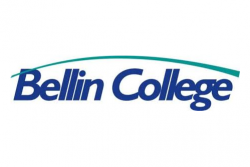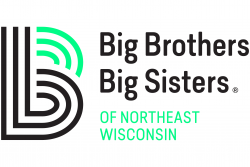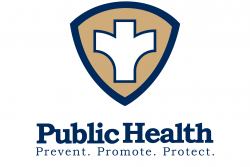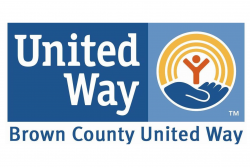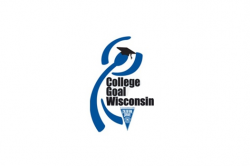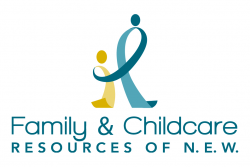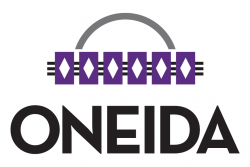Data within the Theory of Action
By Haley Perkins

The Role of Data in the StriveTogether Theory of Action
Data plays an important role within the StriveTogether Theory of Action, which network members, like Achieve Brown County, use to improve cradle-to-career outcomes through a shared community vision, evidence-based decision-making, and collaborative action. The theory of action consists of six gateways: exploring, emerging, sustaining, systems change, proof point and systems transformation.
As we execute on our mission, we are moving along the continuum. Currently, Achieve Brown County is at the sustaining gateway.
Within each of the gateways are a series of quality benchmarks that are key to developing and sustaining a partnership. Meeting the quality benchmarks in the first five gateways puts a community on a path to systems transformation and leads to improved economic mobility for community members.
Moving from Aggregated to Disaggregated Data
Within the Evidence-Based Decision Making pillar, the first gateway is “Exploring.” In this gateway the partnership selects community-level outcomes and core indicators to be held accountable for improving. The partnership prioritizes a subset of core indicators for initial focus based on disaggregated data. Aggregate data is information that has been compiled into summaries of data. Disaggregated data is typically aggregate data that is broken down into smaller pieces.
View Brown County High School Graduation Rates
As we have progressed as an organization over the past 6 years, our data team has moved from analyzing and visualizing aggregate data to accessing confidential datasets from the Department of Public Instruction (DPI), which allows us to disaggregate data by race, disability status, English language learner status, free and reduced lunch status, and gender.
Moving from Disaggregated to Student-Level Data
In the second gateway, “Emerging,” the partnership collects and disaggregates baseline data by key demographic groups for core indicators and regularly shares data with partners. The partnership prioritizes a subset of contributing indicators of initial focus. In the third gateway, “Sustaining,” the partnership facilitates the collection and connection of academic data across the cradle-to-career pipeline and among partners to enable continuous improvement. The next gateway is “Systems Change.” In this gateway student-level data is accessible and used regularly by relevant partners to inform actions to improve outcomes and reduce disparities. Student-level data, also known as individual-level data, is information that is collected at the record-level, which is stored securely and analyzed in such a way that student privacy is protected.
The next step is “Proof Point,” when the partnership is in the systems change gateway with additional examples of systems change, four core indicators of the seven cradle-to-career outcomes are maintained or improved, and two disparity gaps of the seven cradle-to-career outcomes are reduced or eliminated. The last gateway is “Systems Transformation,” when real-time data, disaggregated by race, gender and economic status, is shared across sectors in pursuit of better, more equitable results.
To view Achieve Brown County’s progress on improving cradle-to-career outcomes, visit our Outcome Dashboard.
To learn more about the three pillars at Achieve Brown County, visit Our Process page.
Sources:
Disaggregated data definition. The Glossary of Education Reform. (2015, July 23). https://www.edglossary.org/disaggregated-data/#:~:text=Disaggregated%20data%20refers%20to%20numerical%20or%20non-numerical%20information,%283%29%20broken%20down%20in%20component%20parts%20or%20.
Published: June 15, 2021
Edited: August 5, 2021





